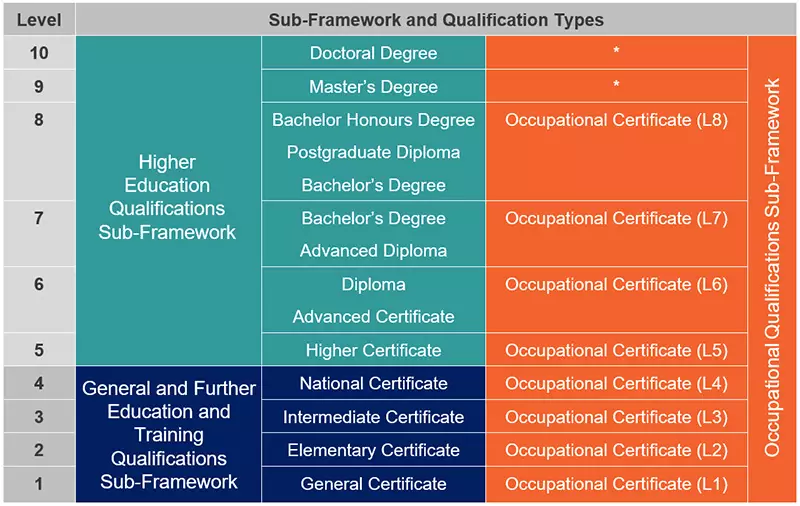Asset owners in industries like oil and gas, roads and utilities have unique asset management requirements. They are often left stranded with asset management software which was designed for discrete assets. Typically such software systems fail to address the unique needs associated with linear assets such as roads, railway tracks, pipelines or power-lines where the length of these assets directly impact their maintenance requirements. Often engineering teams are forced to address this issue with the use of several standalone applications and manual actions to store and retrieve asset-related information.
Accessing asset-related information across several loosely grouped systems makes it difficult and often inaccurate to aggregate and analyse performance, cost and condition data related to assets for decision-making purposes. Prioritising, scheduling and monitoring work performed on such assets are equally cumbersome. Since information is often duplicated in several systems, it is also challenging to identify one single version of the truth.
The solution to these problems lies in a single EAM system that is capable of effectively dealing with all critical linear and discrete asset data to allow the transformation of data to information for decision-making purposes.
Join Stefan Swanepoel, Pragma’s EAMS Product Manager, when he revisits important concepts regarding linear assets and learn how Pragma’s On Key Enterprise Asset Management system can help you to manage these assets optimally. This paper outlines some key considerations related to the management of linear assets and briefly describes how On Key fulfils these needs.
